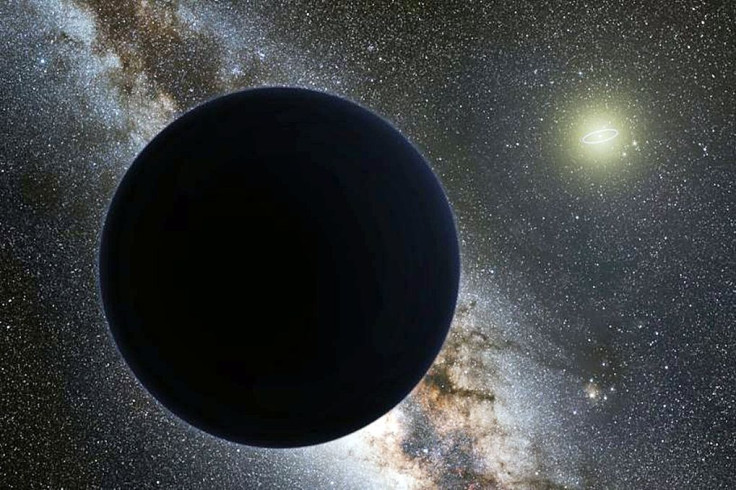Planet Nine Might Be Somewhere Beyond Kuiper Belt

The mythical Planet Nine, which exists only in conjecture despite its growing legion of champions, might exist beyond the Kuiper Belt at the farthest region of our Solar System.
While unseen and unobserved, the existence of Planet Nine (also called Planet X) hasn’t been completely ruled out by scientists because a large body must be responsible for the unusual clustering of orbits for a group of extreme trans-Neptunian objects (eTNOs) beyond Neptune. These eTNOs orbit the Sun at distances averaging more than 250 times that of the Earth.
They tend to make their closest approaches to the Sun in one sector, and their orbits are said to be similarly tilted. These odd alignments suggest an undiscovered planet could be shaping the orbits of the most distant known objects in our Solar System.
Planet Nine is said to be located at 400 astronomical units (AU) or 5.984E+10 km from the Sun. It has a predicted mass of five to 10 times that of the Earth. It travels along an elongated orbit 400 to 800 times as far from the Sun as the Earth bringing it outside the Kuiper Belt.
The Kuiper Belt is circumstellar disc, much like the Asteroid Belt but located in the outer Solar System. It extends from the orbit of Neptune (30 AU) to 50 AU from the Sun. It’s 20 times as wide and 20 to 200 times as massive compared to the Asteroid Belt.
Most Kuiper Belt Objects (KBOs) consist largely of frozen volatiles or "ices" such as water, methane and ammonia. To be found here are three dwarf planets: Pluto, Haumea and Makemake.
NASA claims there is mathematical evidence for the existence of Planet Nine but observations still need to be made.
"The existence of this distant world is only theoretical at this point and no direct observation of the object nicknamed 'Planet Nine' have been made," said NASA.
In a published paper, astronomers from Caltech discussed the existence of Planet Nine and presented the orbits of KBOs that appear to be circling an unseen planet. The paper shows evidence that the clustering of KBOs is well supported, making the case stronger for the existence of Planet Nine.
The existence of Planet Nine was first revealed in 2014 by astronomers Chad Trujillo and Scott Sheppard. They surmise there might be a "massive trans-Neptunian planet" on the outskirts of our Solar System due to "similarities in the orbits" of distant objects that orbit Neptune.
In January 2016, Konstantin Batygin and Mike Brown of Caltech said they'd found signs of Planet Nine using modeling and computer simulations. This was followed by Swedish simulations that argued Planet Nine may have formed around another star and was then captured by the Sun.
Batygin and Brown also said the existence of Planet Nine adds "wobble" to our solar system and tilts it in relation to the Sun. The hypothesis was explained in a paper, entitled "Solar Obliquity Induced by Planet Nine," by Batygin and Brown and Caltech graduate student Elizabeth Bailey.
"Because Planet Nine is so massive and has an orbit tilted compared to the other planets, the solar system has no choice but to slowly twist out of alignment,” lead author Bailey said.
The new research is based on the observation the Sun rotates on a different axis than the orbits of the planets.




























